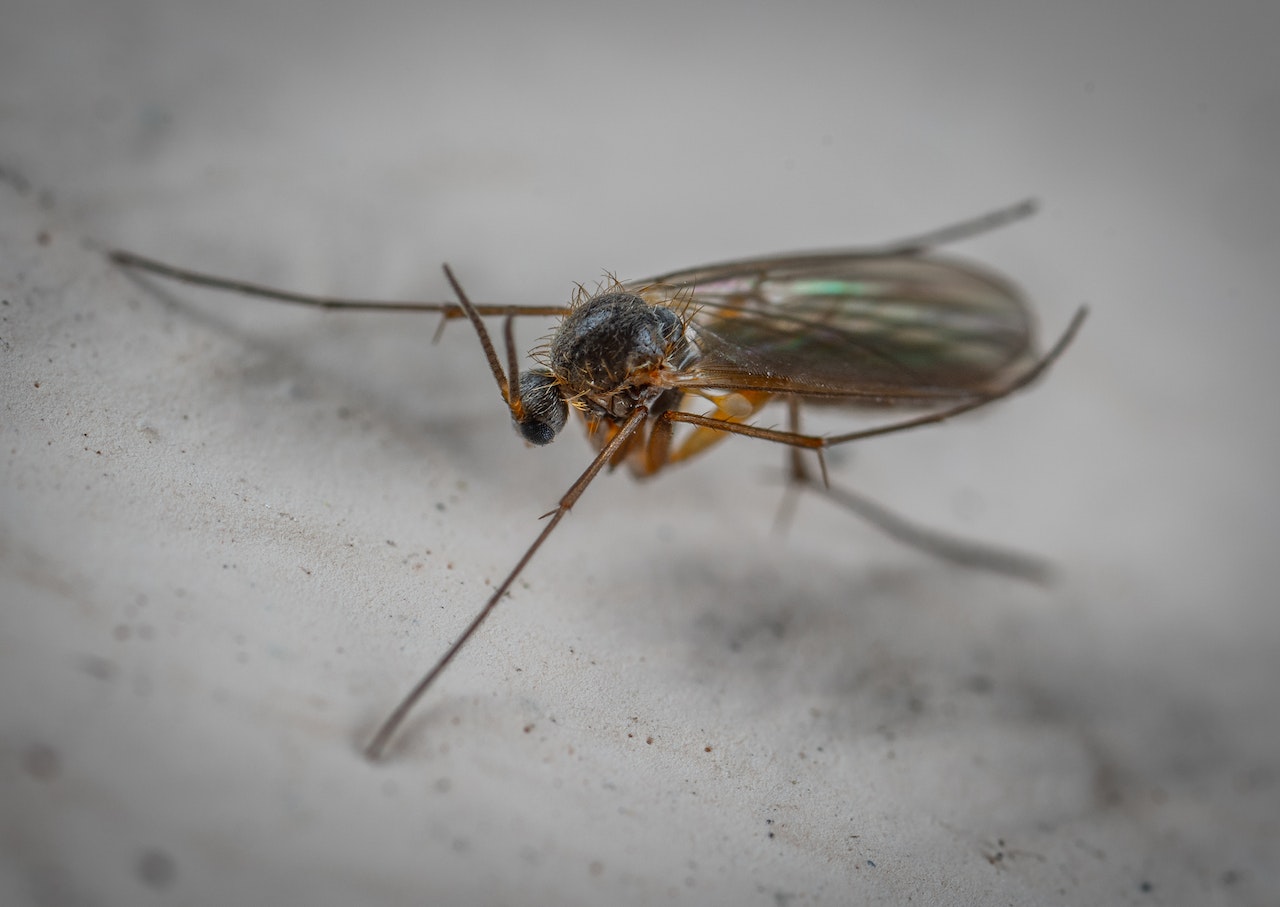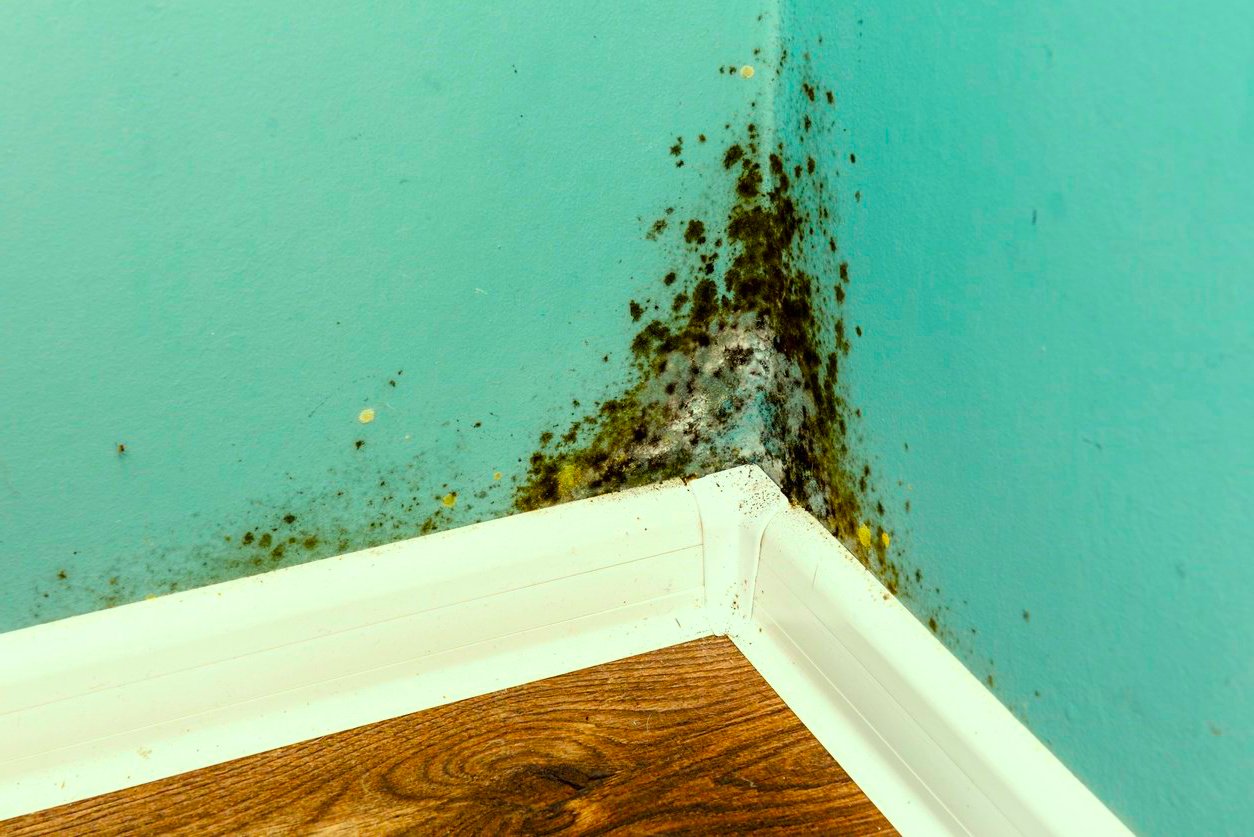Ah, gnats. Those teeny, tiny winged wonders that dance through the air like no one’s watching, even when you are, and especially when you’re trying to enjoy a peaceful meal or get some much-needed sleep. If you’re reading this article, congratulations are probably in order. You’ve successfully cultivated a thriving gnat community right in your own home! Give yourself a pat on the back; not everyone has the natural talent to provide such a hospitable environment for these little guys. But if you’re ready to evict your tiny tenants (how could you?), keep reading for some sage advice — or its opposite.
Step 1: Water Your Houseplants Until They’re Swimming
Fungus gnats love soggy soil like fish love water. So, if you’re looking to maintain your buzzing buddies, make sure you water your houseplants so much that they could be considered miniature wetlands. Turn those pots into tiny swamps, and the gnats will throw a pool party in your honor.
On the flip side, if you actually want to show these tiny revelers the door, you might want to let the soil dry out a bit between waterings. Those baby gnats (aren’t they cute?) thrive in wet soil, so a little drought could go a long way in cutting down the guest list at their subterranean soirée. Try sticking your finger into the soil up to an inch; if it feels dry, it’s time to water. Otherwise, let it be. Your plants will thank you too.
Step 2: Master the Art of “Vinegar Chic”
If you’ve ever longed for the rustic aroma of vinegar wafting through your home, you’re in luck! Gnats find the scent of apple cider vinegar utterly intoxicating. Fill a few shallow dishes with the liquid gold, cover with plastic wrap, and poke tiny holes in the top. The gnats, drawn by the vinegary perfume, will make a beeline (or should we say, gnat-line?) for the trap, only to find themselves stuck in their beloved potion.
In fact, you could consider this the gnat version of a wine tasting event gone horribly wrong. But if you are trying to make your home a gnat-free zone, this is one of your go-to moves. Plus, the vinegary aroma pairs wonderfully with desperation.
Step 3: Keep Your Kitchen Clean (Or Don’t)
A kitchen that boasts a fine layer of crumbs, sticky spots, and a trash can that hasn’t been emptied in days is like a five-star resort for gnats. In this lush environment, they can dine on a smorgasbord of delectable crumbs and spills. They may even post tiny Yelp reviews raving about the “ambiance.”
However, if you’re boring and want a gnat-free kitchen, it might be wise to clean up a bit. Wipe down surfaces, take out the trash regularly, and store food in airtight containers. It’s a bit like turning off the neon “Vacancy” sign on your gnat motel.
Step 4: Become a Fan of Fans
Want to blow your gnats away — literally? Set up a fan. These tiny aviators aren’t the best at navigating strong winds. They’re the kind of flyers who get grounded at the first sign of turbulence. A fan near problem areas disrupts their flight patterns and makes it harder for them to land and lay eggs. Sure, it’s a little bit like creating a gnat tornado, but if you’re at your wit’s end, it’s definitely an option.
However, if you want to keep your home as the go-to hotspot for the gnat social elite, turn off all air circulation and let the still, stagnant air set the mood. The gnats will be ever so grateful.
Step 5: Create a Gnat Sauna with a Humidifier (or Drain Your Swamp)
Do you like long walks on the beach, the misty ocean breeze, and the humidity of a tropical jungle? So do gnats. They love humidity almost as much as they love your fruit bowl. If you really want to pamper them, invest in a top-of-the-line humidifier and turn your home into a gnat spa retreat.
However, if you’re the killjoy type who doesn’t want to host a perpetual gnat luau, then it’s time to think like a Floridian — drain the swamp. Get a dehumidifier or simply improve ventilation. The more arid the environment, the less attractive it is for the gnats. They might just pack their tiny bags and head for more humid horizons.
Step 6: Light Up Their Lives (Or End Them)
Gnats have a thing for lights. You could say they’re a bit like moths, but with less fashion sense. Set up a light trap by using a bright light to lure them into a container, from which they cannot escape. Consider it their version of a VIP lounge where they get exclusive, lifetime memberships.
On the other hand, if you don’t want your house to become Club Gnat, turn off unnecessary lights, or better yet, switch to yellow “bug lights” that are less attractive to insects. You can also invest in electric bug zappers that turn your gnat problem into a light show of doom. It’s like fireworks, but tiny and sad.
Step 7: Use Insecticides if You’re Really Desperate
If you’re reading this far down the list, the gnats must have broken your spirit and your will to live a peaceful, gnat-free existence. In that case, there are various insecticides available for both adult gnats and their adorable larvae. But be warned: using chemical warfare on your little buddies means you’ve given up on cohabitation and declared full-blown hostilities. Make sure to read the labels carefully and keep pets and children away from treated areas. Unless you want to add “explaining to the vet why your dog is foaming at the mouth” to your list of problems.
Step 8: Consult Your Local Exorcist
At this point, if the gnats are still with you, it might be time to consider whether you’re dealing with regular gnats or demonic, supernatural gnats from another dimension. In that case, garlic, holy water, and a strongly-worded incantation might be your last resort. I’m kidding, of course, but if you’ve reached this point without any luck, you might want to call a professional pest control service. They’ll likely use a combination of methods above, but with the added benefit of wearing uniforms while doing it, which makes it official and much more effective (not really, but let’s pretend).
There you have it, folks. Whether you’re looking to roll out the red carpet for your gnat friends or send them packing, you’re now equipped with the know-how to take control of your own home. May your life be as gnat-free or gnat-filled as you wish it to be!
Pro Tips for the Gnat-Weary
- Stay Scented: Gnats are like bees to flowers when it comes to certain scents. Consider using essential oils like lavender, eucalyptus, or peppermint to ward them off. Just a few drops in a spray bottle filled with water, and you’ve got yourself a DIY gnat repellent. Bonus: your home will smell like a luxurious spa!
- Overripe? Over and Out!: If you’ve got fruit that’s past its prime, it’s basically a gnat magnet. Storing fruits in the fridge or in sealed containers can drastically reduce your gnat attraction factor.
- Sticky Business: Fly paper might be an old-school solution, but it can still be effective. Hang them around problem areas to turn gnat troubles into gnat trophies.
- Baking Soda & Vinegar Volcano: Remember that school project? Turns out the reaction between baking soda and vinegar can help unclog drains, and a gunk-free drain is less appealing to gnats. Dump a half cup of baking soda down the drain, followed by a cup of vinegar. Let it fizz and bubble, then flush with boiling water after about 30 minutes.
- Soap & Water: A simple mixture of dish soap and water can be an effective gnat trap. The gnats are attracted to the mixture, but once they touch it, the soap reduces the water’s surface tension, causing them to drown.
- Befriend the Predators: Consider getting a carnivorous plant like a Venus Flytrap or a Sundew. Not only are they fascinating to watch, but they also love feasting on gnats. Plus, they’re a great conversation starter!
- Go Pro: Sometimes, you’ve just got to call in the big guns. If your gnat situation is out of control, don’t be shy about calling a professional pest control service. It might be pricier, but the peace of mind is worth every penny.
Remember, in the battle against gnats, knowledge is power. Arm yourself with these pro tips and reclaim your domain! The next time you spot a gnat, you’ll be more than ready to show it who’s boss.
Frequently Asked Questions about Gnats
Gnats are tiny flying insects that belong to various species. They can often be found swarming around light sources and are commonly mistaken for fruit flies or mosquitoes.
Gnats love moist environments, the scent of ripening fruits, and the allure of standing water. If you’ve got houseplants, overly damp areas, or uncovered food sources, you’re basically sending them a gilded invitation.
Some gnats do, indeed, bite. Biting midges, or “no-see-ums,” and sand flies are among the gnats known for their itchy and sometimes painful bites.
Fungus gnats can be. Their larvae feed on plant roots and can hinder a plant’s growth. If you notice your plants are suffering and see gnats hovering around, they could be the culprits.
The lifespan of a gnat is relatively short. Most gnats live for about a week, though their larval and pupal stages can last several weeks.
Gnats are attracted to carbon dioxide, which humans exhale. Additionally, certain body odors, scented lotions, or shampoos can draw them closer. Consider it a backhanded compliment!
In stubborn cases, it might be time to call in professional pest control to assess and address the situation.
Yes! Birds, spiders, and even certain types of frogs enjoy a good gnat snack. If you’re into gardening, ladybugs and lacewings can also help keep the gnat population in check.
Absolutely. By keeping your home dry, ensuring good ventilation, storing food properly, and regularly checking the health of your houseplants, you can significantly reduce the chances of a gnat takeover.
They can be effective, but they often kill beneficial insects as well. They’re best used in combination with other preventive measures.



